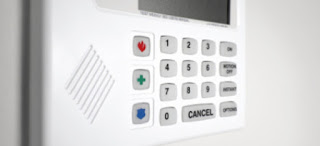An independent entrepreneur, Michael Emmons is a resident of Kansas City, Missouri. Michael Emmons started his career as a businessman in 1994 by acquiring ownership of a water conditioning equipment business in Kansas City. He currently directs an alarm business, which he guided from startup to generating annual sales of over $70 million.
When in the market for a home alarm system, homeowners should be aware of the options available. Typically, there are four choices when it comes to home alarm systems. These are monitored, unmonitored, wireless, and hard-wired systems.
Monitored systems work by notifying a call center if the alarm system detects an intruder in the home. The staff at the call center will then notify the police so that they can be dispatched to the residence. Meanwhile, unmonitored systems rely on loud alarms and possibly flashing lights to scare away burglars and alert neighbors, who can then call the police.
Homeowners can also choose between wired and wireless alarm systems. Wireless systems are simple to install and work via wireless connection. However, they are limited by how far apart sensors can be placed from each other. Hard-wired systems do not have this limitation, as everything is connected through wires. This type of system is typically found in newer homes. Homeowners should carefully research the four types of home alarm systems before making their choice, as each has its advantages and disadvantages.

